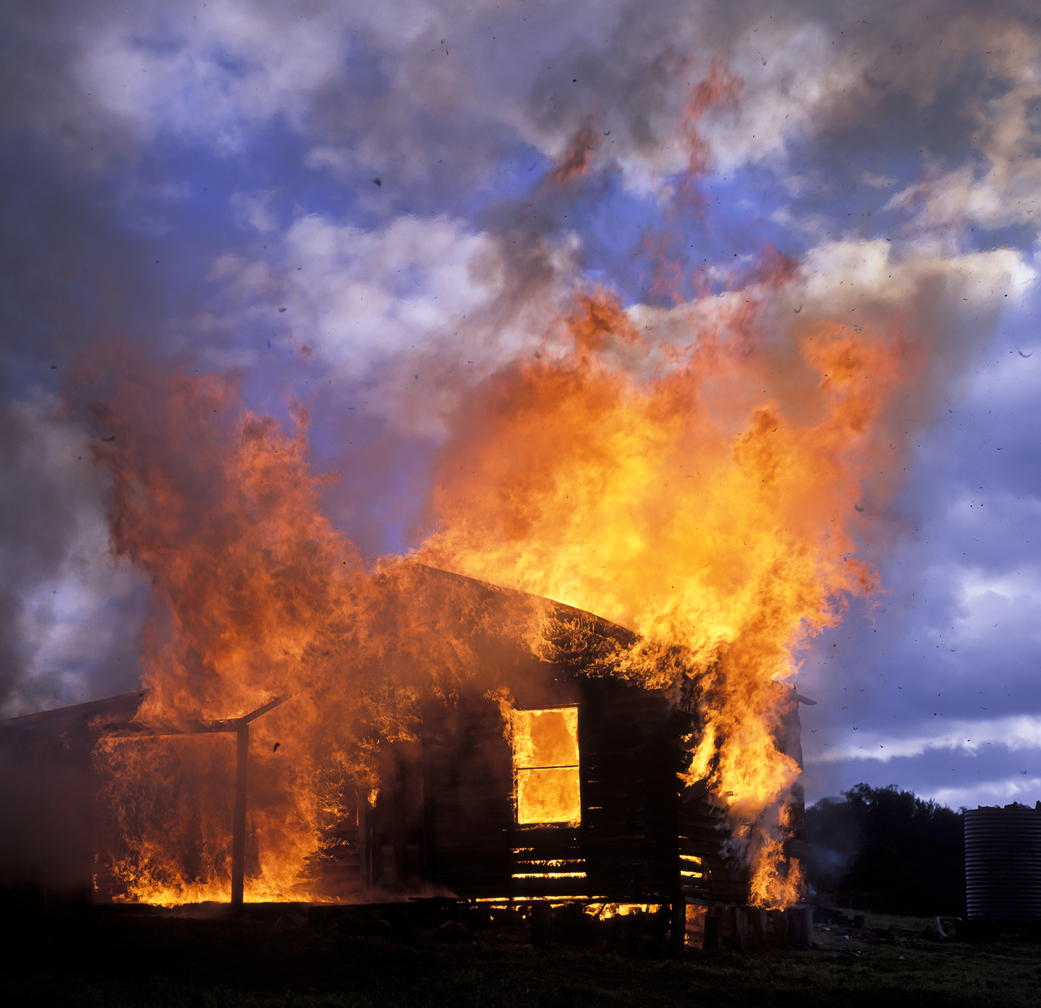17 Jul What To Do When Something Goes Wrong With Your WordPress Website
Quick — there’s a spider in your house! What do you do?
- Leave it alone. It’s actually keeping your home free of other critters.
- Pretend that you don’t see it and it’ll go away.
- Call the exterminator or spray it with everything you have in your house.
- Burn the house down. Where there is one, there are five million more.
Dealing with website issues can be a lot like dealing with life issues. As with anything in life, your WordPress website may trigger a need for sudden excess alcohol. How you handle your WordPress issues can determine whether the problem becomes bigger, gets a makeshift bandage over a still-existing problem, or actually gets solved. So put down the flame thrower, and let’s dig in. Explaining every possible WordPress problem would take me forever, so let’s concentrate on just a few over my next three blog articles.

when you try to kill the spider but end up burning down the house |
Episode 1: Bob Just Got Home and Realized His Website is a Blank Page
This can be a daunting issue to solve because there is no error message for you to Google or any easy hints. So a little research needs to be done to figure out why your website “disappeared.”
First, see if you can access your WordPress dashboard in the back end of your website. If you can, see if you’re behind on your updates. You may have missed a key update or two, and this could be the cause of your website not displaying. Did you update your website but it’s still down? Or are you unable to access your dashboard? On to the next step…
Do you have a custom-built theme? A custom-built theme can provide virtually any look, layout, and functionality for your site without being limited to what an out-of-the-box template can give you. But a key downside for custom themes is that they require developers to actively maintain them and verify that they won’t have glitches or conflicts with each WordPress core or plug-in update, of which there are many. So if your site is still down after making all of your WordPress updates, and if you have a custom-built theme, call your developer and and ask them to check whether the theme needs looking into to be sure there aren’t any conflicts with the latest WordPress update.
Are your domains pointing properly? Is your DNS correct? I can hear some of you reading this now: What? DN who? Pointing where? Okay, let me quickly explain. Think of your website as a house, and your web host as the plot of land on which your “house” is located. In the real world, in order to locate your house, you put the street address into your GPS, which uses latitude and longitude coordinates to find addresses. When it comes to websites, your DNS (Domain Name Server) functions as the coordinates for your website and links your URL to the server on which your website is hosted. Your URL (the www.yadayada.com you type into a browser in order to find a website) is similar to a street address you put into a GPS.
If your URL (also called a domain), web host, or DNS aren’t working properly, your website may go down. So, call up your web host or your web development firm, and let them help you. You can also try to troubleshoot this yourself if you think you have a good handle on what’s going on (may the force be with you).
Check for any communications from your web host. Did you miss an email or a notice from them? Scheduled downtimes, server migrations, oops you forgot your bill (because those shoes that cost $300 were to die for #adultingishard #shoesbeforebills). Pay your bill (if that’s the problem), or find out if your web host itself is down and is working to resolve the problem.
Maybe you’ve completed the previous two steps and you are still without a website, and your web host was of no help (*cough* GoDaddy *cough*). Maybe your web host suggested that you should read your server error logs to find out the issue is. *Sigh*. Well, this could mean that you have a PHP error — an error in the website code itself. This is actually the most common cause of disappearing websites. Why did I leave it for last, you ask? Because it makes for a better read… no, actually it’s because the other steps can be quick checkpoints to fixes before dealing with “The White Screen of Death.”
If the problem is that you have a PHP error, your fix is going to be replacing your WordPress theme, or replacing a plug-in with a different one, or manually replacing core WordPress files with clean ones. Figuring out a PHP error is time-consuming, and can be caused by using an outdated theme or plug-in that is no longer being supported, using a theme or plug-in with security flaws, or a number of any other causes. We’re going to get into how to figure out PHP errors in upcoming articles. But in the meantime, if it seems you do have a PHP error, there are patches that can be implemented to resolve it. If you don’t know how to do this, or don’t know how to replace your theme or plug-ins, give us a call.
Updating your website and themes, and checking with your web host for DNS issues or downtime, should get your site back up in most cases. But none of this answers the overriding question: why did this happen to begin with? What can I do to prevent it? Was my site compromised?
Curious? Then tune into next month’s episode when Bob finds out that his house (website) was broken into and he has an unwelcome guest hiding in the walls…

